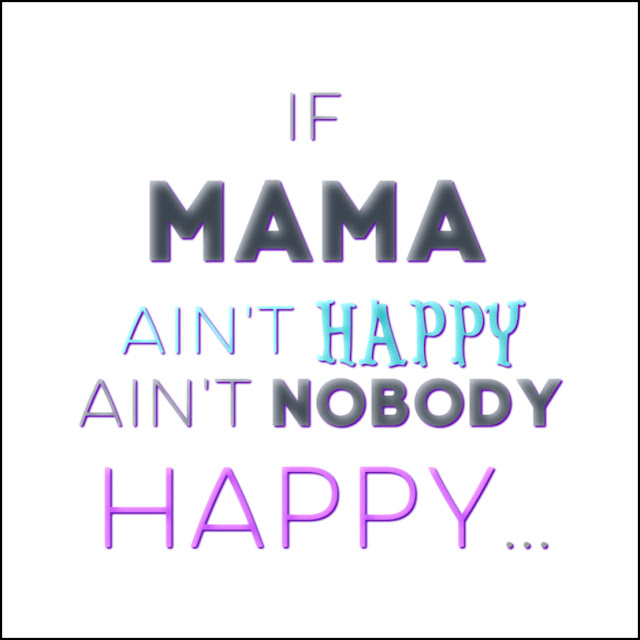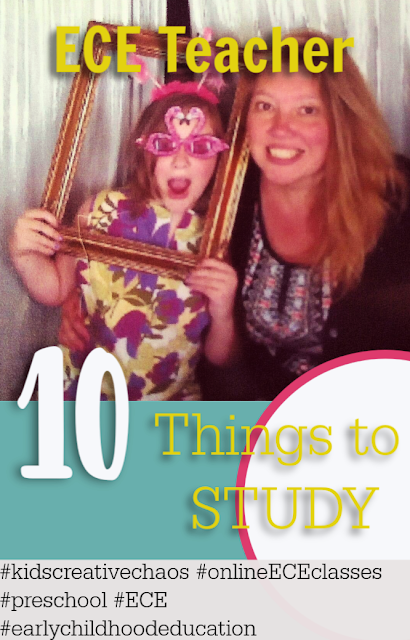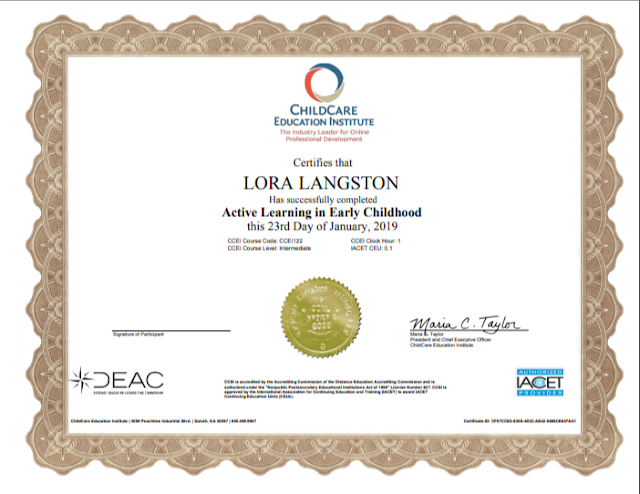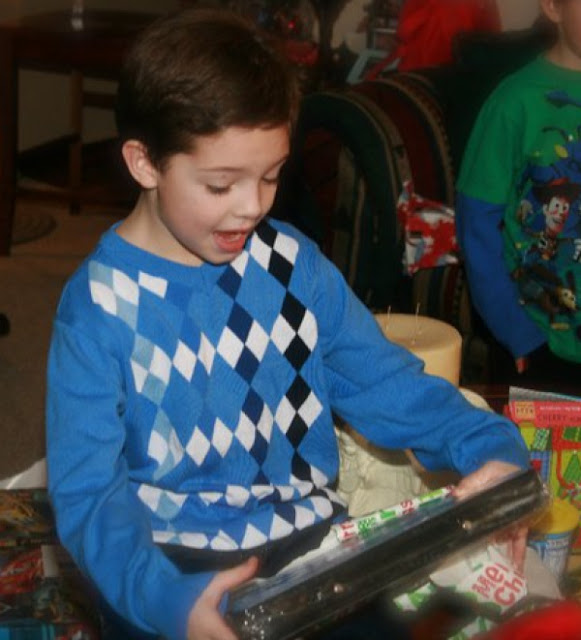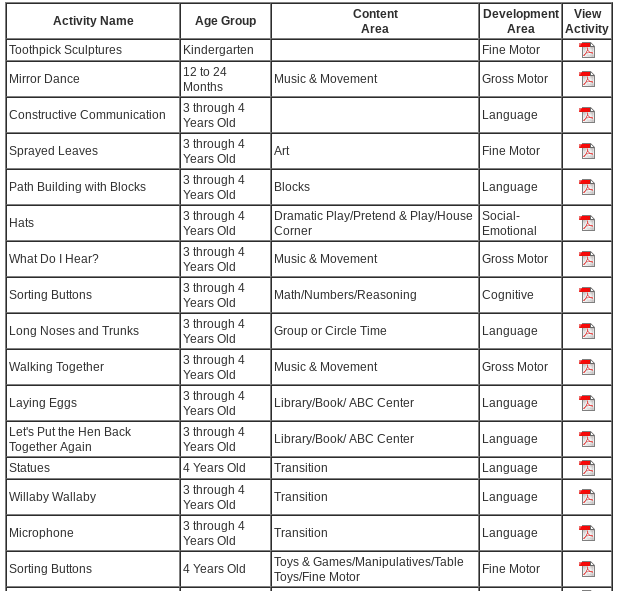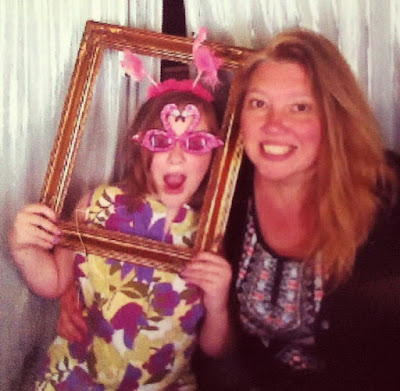Family Relationship Challenges
What’s the biggest relationship challenge in your family? How do you keep everything together, day in and day out, day after day? Time commitments, financial responsibilities, and emotional needs of each family member can take a toll on your happiness. Those people pleasers who need to take care of everyone often forget to take care of themselves. In my situation, I never wanted to spend money on personal needs (including health care) if it would take away from things my kids needed or wanted.
For years, we didn’t have health insurance, so any health setback caused major financial problems. I also didn’t take care of myself in other ways. I cut my own hair, never had a manicure until I was fifty years old, wore the same old clothes year after year, never went out to lunch with friends, never even saw my friends, and never indulged in frivolous things that I might want for the house. I considered any of that selfish.
This sponsored post contains Amazon affiliate links. All opinions are my own.
It’s important to take care of yourself. You’ve probably heard the quote, “If Mama ain’t happy, ain't nobody happy.” I’m sure there’s some truth to this. You can put on a happy face, but if your needs aren’t being met and you have nothing to look forward to, your relationship is going to suffer- even if you're not the one causing the majority of the turmoil. I know it’s difficult. I used to see other women spending too much time on themselves, ignoring the needs of their children. They’d go shopping for themselves several times a month while their children wore clothes they’d outgrown. I never wanted to be like that, but I took it too far the other way. You’ve been there. We don’t have to be martyrs to be mothers. Taking care of yourself, puts you in a better place. You’ll be better equipped to tackle those relationship issues with your partner. Communication is a key factor in the downward spiral of relationships. When communication is poor, everything else becomes difficult.
Eventually, lack of communication breaks the partnership. In my relationship, the more I tried to communicate with my partner, the more difficult the relationship became. There are things couples need to discuss. Things that can’t be swept under the rug. Plans for the future, health of your children, plans to make about family events to attend, even how each of you are feeling about the status of your relationship. When you have a partner who won’t talk to you about any of it, you’ve got a problem that needs fixed. Parents need to keep a united front for their children. They need to work together as a team for the greater good of the family, even if it means sacrificing the personal desires.
For me, self-care felt like a selfish, personal desire because my partner took up all that empty space for himself. He worked all the time or found extra things to do to help others, just to avoid coming home and facing real life problems. These problems ranged from my serious illness where I was bedridden for months, to house repairs, financial responsibilities, and even mental health problems the kids were facing. I couldn’t run off for a haircut or even a doctor’s appointment because there was no safety net. He couldn’t seem to find an hour to give me a break and if he did, he’d use that hour to sleep - not to watch the kids. So, everywhere I went, I took the kids. Everywhere.
Check out this old post about a family excursion, see any red flags?
Let me tell you, this is not only unhealthy for you, it’s also unhealthy for your kids. We all need time apart from each other. The kids feel it too. They need options. They need time away from the family. Sure, we attended homeschool groups, summer camps, special events, 4-H and any other free or low cost activity I could find, but none of it made the pitfalls in our broken family any better. It just kept our mind’s busy enough to make it through another day- or so I thought.
Mama needs time to feel good about herself. Sure, you may think you don’t want to jog or join a walking club. You may think you can cut your own hair to save money for the greater good, you may think a vice here and there, maybe a pint of ice cream or bar of chocolate, are good survival mechanisms, but in the long run, if your always the one making sacrifices life’s not going to turn out like you hoped.
Remember when you started your relationship with your partner? You took care of yourself, you took showers- maybe even relaxing baths, you did your makeup, and bought yourself a flattering outfit. You went out to lunch with your friends. You had dinner dates with your partner and even did activities that you both enjoyed together. You probably even talked about your hopes and dreams for the future. Don’t let yourself get lost in the shuffle. If it's not too late, fix it. If it is too late, do yourself a favor and try to fix it before throwing in the towel.
Don’t try to wait it out and hope it will get better. There’s no need to feel guilty about taking time for yourself.. If you can’t possibly spare the money or feel like spending money on relationship counseling would set you back financially, there are many affordable online counseling services out there. ReGain is a great place to start. There are plenty of self-help articles and videos that can kick start your decision making process and help you decide what’s best for your family.
Going back to school and investing in one's self is also a huge deal for self-confidence and mental stimulation/relaxation. Healthcare-related fields offer great satisfaction and challenge. Looking at community colleges or schools for certification or insurance coding can be a great first step.
Life balance is important. Don’t suffer in silence. Don’t decide that you must've done something to deserve your current situation. Sometimes, you can’t fix it on your own, sometimes the answer is right in front of you, but the outcome will have unavoidable consequences. On the flip side, sometimes, if you make small changes in your personal life, if you start taking care of yourself and taking pride in your own achievements, everything else will fall into place. Your children won’t suffer from a parent who takes care of themselves, when Mama is happy, there’s a far better chance that everyone else is happy too. Don’t wait until it’s too late.
Your happy ending is waiting for you.
Recommended:
Ice Cream Recipes and More from Adventures of Kids Creative Chaos.
More QUOTE memes

